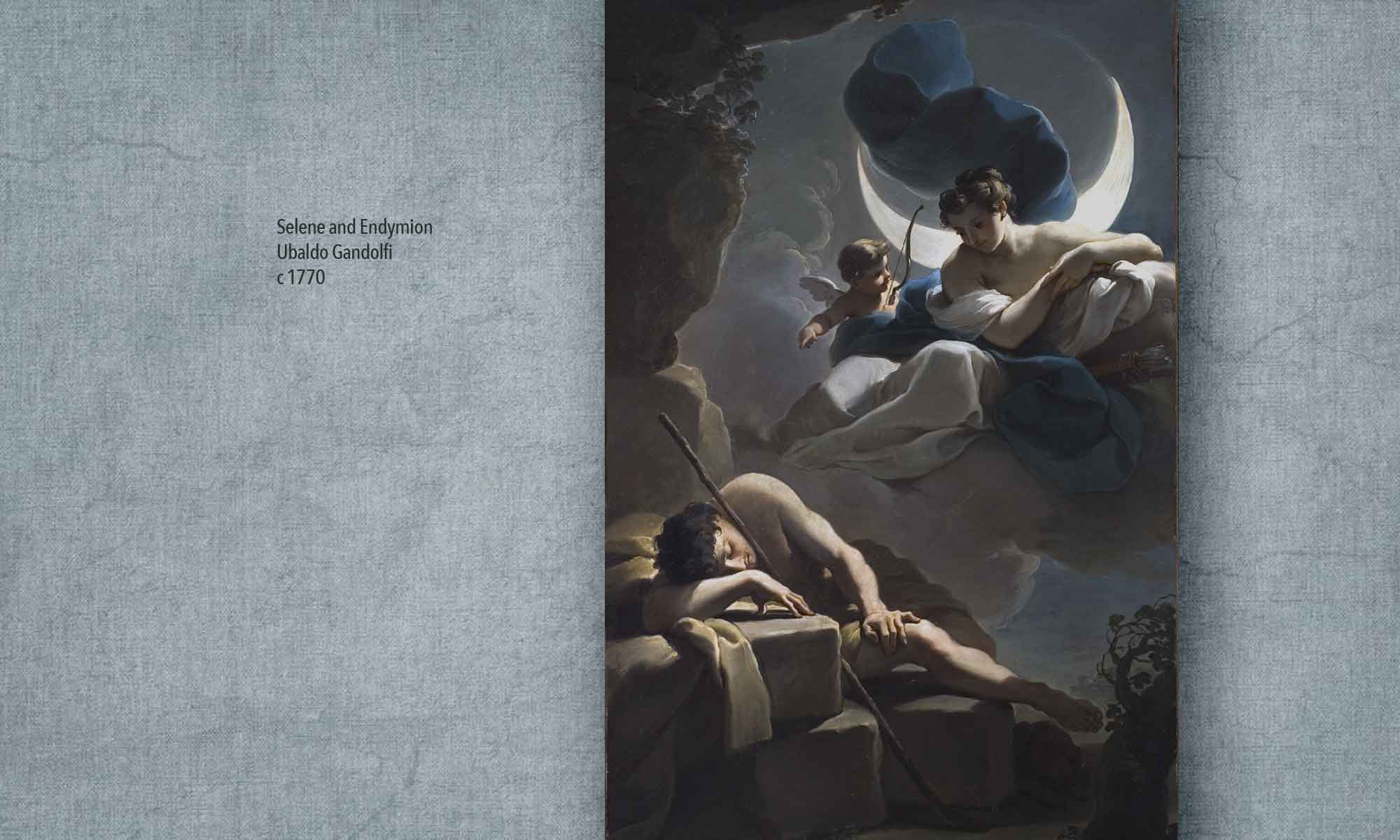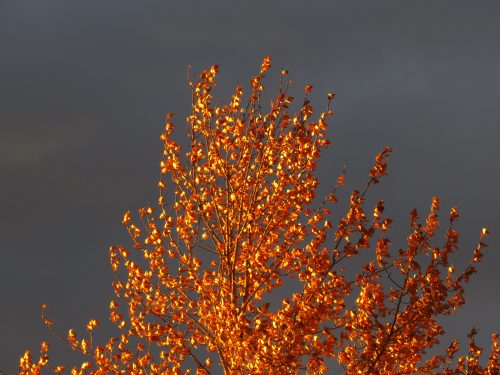 As a dream researcher, I try to promote public interest in dreaming and its many exciting possibilities. And yet also as a dream researcher, I try to highlight potential problems and misleading claims that can do more public harm than good. This creates a dilemma with the topic of lucid dreaming, which is increasingly popular and yet has pitfalls and drawbacks that its advocates rarely mention or even seem to know exist.
As a dream researcher, I try to promote public interest in dreaming and its many exciting possibilities. And yet also as a dream researcher, I try to highlight potential problems and misleading claims that can do more public harm than good. This creates a dilemma with the topic of lucid dreaming, which is increasingly popular and yet has pitfalls and drawbacks that its advocates rarely mention or even seem to know exist.
The crux of the problem is this. Lucid dreaming as experienced by people in present-day Western society is not equivalent to the practices of consciousness in dreaming among non-Western cultural traditions through history. Anyone who suggests otherwise is very likely trying to add an appealing veneer of foreign exoticism to an essentially modern Western practice.
To explain what I mean by “an essentially modern Western practice,” here’s an analogy that came to mind while attending a recent NBA game: Lucid dreaming is like a basketball player who stops in the middle of the game, finds a television camera, and then spends all his time posing so he can see himself on the Jumbotron video screens hanging down in the center of the arena. It is self-centered, self-inflating behavior that disrupts the spontaneous creative flow of the game/dream and substitutes ego grandiosity for immersive play and openness to new experience.
This is not how other cultures have approached consciousness within dreaming. In Hindu and Buddhist traditions, for example, the goal of dream awareness is conceived as an extension of the spiritual discipline of meditation—a process of dissolving the ego, not pumping it up. In the shamanic traditions of Siberia, Australia, and the Americas, conscious awareness within dreaming is motivated by the desire to serve one’s community through healing, gaining knowledge, and communicating with the ancestors. Many of the “witches” persecuted by the Inquisition in medieval Europe were agrarian mystics whose plant-based methods aimed to stimulate consciousness in dreaming as a path towards deeper natural wisdom and spiritual maturity.
By contrast, people in the modern West often approach lucid dreaming with the goal of extending their individual feelings of ego gratification and control over reality. Hence the Jumbotron analogy: Look at me, look at me, I’m dreaming and I can see myself dreaming! In many other cultural traditions through history, this would be regarded as an entirely trivial insight that would be dismissed as a distraction from more important pursuits.
I can imagine friends and colleagues responding to this critique by saying they teach their students precisely what I’m suggesting as an alternative—a slower, more self-reflective approach, with less emphasis on ego control and more on opening one’s awareness to the dream world. Yet this misses the bigger point about the distinctive cultural environment of the modern West, an environment that prods, spurs, and stimulates in countless ways people’s desires for personal pleasure and fantasies of control. Whatever teachers of lucid dreaming are saying, many modern Westerners are hearing what they have been culturally prepared to hear, which is that “going lucid” in dreams is fun because it can give you a new experiential rush of control and power. To ignore the realities of this context is sociologically naïve and does no credit to the field of dream research.
If you happen to be someone who lives in the modern West and feels curious about lucid dreaming, what can you do that is true and authentic to your context? Here are three questions to ask yourself.
First, have you paid any attention to your non-lucid dreams? If not, I wonder if your interest has anything to do with actual dreams, rather than the various fantasies you’ve heard are possible in lucid dreaming. Instead of rushing into aggressive practices to induce lucidity, maybe you can use that energy first to follow your dreams over time and observe their natural, spontaneous patterns of content. Pay attention to what is happening, rather than pushing so hard to make something else happen.
Are you engaged in any serious meditation or prayer practices? If not, I wonder if you have done enough to prepare for the kinds of experiences and sensations that can arise in lucid dreams. In most non-Western traditions, people take years to train their minds for effective dreaming consciousness. Have you been doing any kind of preparatory practices like that?
Do you have a teacher, guru, or therapist who has been working with you for a long time? If not, what happens if you get in over your head? Who would tell you if you were? Again, most non-Western traditions provide specially trained guides who help newcomers navigate their personal paths into these expansive realms of dreaming. In almost all cases, the path requires shedding the individual ego and throwing oneself wholeheartedly into a larger dynamic interplay of unconscious power, intelligence, and intentionality.
In other words, you can’t move forward on the path of enlightened dreaming if you’re stuck at the beginning, staring at yourself on the Jumbotron.
Note: this post first appeared in Psychology Today on November 9, 2021.

 The Blazers beat the Memphis Grizzlies, 116-96, last Wednesday night, to even their season’s record at 2 wins and 2 losses. They played excellent defense and held Ja Morant, the Grizzlies’ young star guard, to 17 points, half of what he had been averaging the first few games of the season. The Blazers had a strong second half, with more amazing dance-and-shoot moves from C.J. McCollum, who plays with astonishing grace and fluidity. He excels at step-back jumpers, mid-lane floaters, sneaky inside drives, and quick-release 3-pointers, always hunting for the spots where he knows he can elevate and hit his shot. Damien Lillard played well enough on offense to give C.J. room to maneuver, which seems to be part of the season’s overall design. And the bench continues to gain in confidence and cohesion. There was a great play towards the end of the game when Dennis Smith, Jr. took a C.J. Elleby outlet and made a touch pass to Greg Brown for an alley-oop dunk. Everybody loves to see that.
The Blazers beat the Memphis Grizzlies, 116-96, last Wednesday night, to even their season’s record at 2 wins and 2 losses. They played excellent defense and held Ja Morant, the Grizzlies’ young star guard, to 17 points, half of what he had been averaging the first few games of the season. The Blazers had a strong second half, with more amazing dance-and-shoot moves from C.J. McCollum, who plays with astonishing grace and fluidity. He excels at step-back jumpers, mid-lane floaters, sneaky inside drives, and quick-release 3-pointers, always hunting for the spots where he knows he can elevate and hit his shot. Damien Lillard played well enough on offense to give C.J. room to maneuver, which seems to be part of the season’s overall design. And the bench continues to gain in confidence and cohesion. There was a great play towards the end of the game when Dennis Smith, Jr. took a C.J. Elleby outlet and made a touch pass to Greg Brown for an alley-oop dunk. Everybody loves to see that. The day before the opening game of the Trailblazers’ 2021-2022 season, I was bothered by something I read online about Damien Lillard, Portland’s best player. The article ranked him lower among the league’s top players than I think he deserves; it dinged him for his defense, and emphasized the catastrophe that would befall the Blazers should he ever leave. The tone of the article reflected the very low expectations people seem to have for Portland’s performance this season. The Blazers hired a new head coach, Chauncey Billups, who has never held that role before, but whose previous assistant coaching focused on defense, and that’s where the Blazers most needed to improve (tied for 3rd best team in the league in offensive efficiency last year, but 19th in the league in defensive efficiency). Otherwise, Portland made no big roster moves during the off-season. They let Carmelo Anthony go, which I thought was too bad, he had a great run with the Blazers the past couple years. They re-signed their big mid-season acquisition from last year, shooting guard Norman Powell, which is certainly good. They added several new players to the bench, including two big guys who play great defense, Cody Zeller and Larry Nance, Jr.
The day before the opening game of the Trailblazers’ 2021-2022 season, I was bothered by something I read online about Damien Lillard, Portland’s best player. The article ranked him lower among the league’s top players than I think he deserves; it dinged him for his defense, and emphasized the catastrophe that would befall the Blazers should he ever leave. The tone of the article reflected the very low expectations people seem to have for Portland’s performance this season. The Blazers hired a new head coach, Chauncey Billups, who has never held that role before, but whose previous assistant coaching focused on defense, and that’s where the Blazers most needed to improve (tied for 3rd best team in the league in offensive efficiency last year, but 19th in the league in defensive efficiency). Otherwise, Portland made no big roster moves during the off-season. They let Carmelo Anthony go, which I thought was too bad, he had a great run with the Blazers the past couple years. They re-signed their big mid-season acquisition from last year, shooting guard Norman Powell, which is certainly good. They added several new players to the bench, including two big guys who play great defense, Cody Zeller and Larry Nance, Jr. It’s more than a metaphor to say that Halloween is a time when our nightmares go on parade. The scary images, decorations, and costumes that take over the month of October have a direct psychological connection to the actual themes and patterns of people’s nightmares. If we look at current research on nightmares—who has them, what they’re about, what causes them—we can gain new insight into the unconscious creativity of our Halloween festivities.
It’s more than a metaphor to say that Halloween is a time when our nightmares go on parade. The scary images, decorations, and costumes that take over the month of October have a direct psychological connection to the actual themes and patterns of people’s nightmares. If we look at current research on nightmares—who has them, what they’re about, what causes them—we can gain new insight into the unconscious creativity of our Halloween festivities. Earlier this week I attended the preseason basketball game between the Portland Trailblazers and the Sacramento Kings. Although the Blazers played with lots of energy, the Kings beat them handily, 107-93. That night (it was a Monday), I had the following dream:
Earlier this week I attended the preseason basketball game between the Portland Trailblazers and the Sacramento Kings. Although the Blazers played with lots of energy, the Kings beat them handily, 107-93. That night (it was a Monday), I had the following dream: When people think about ethics, they usually focus on the evaluation of good or bad behaviors in the waking state. But what about the ethical status of the one-third of our lives that we spend in sleep? Do we have any ethical duties or obligations relating to sleep? Do dreamers have any basic rights or responsibilities?
When people think about ethics, they usually focus on the evaluation of good or bad behaviors in the waking state. But what about the ethical status of the one-third of our lives that we spend in sleep? Do we have any ethical duties or obligations relating to sleep? Do dreamers have any basic rights or responsibilities?